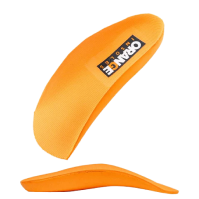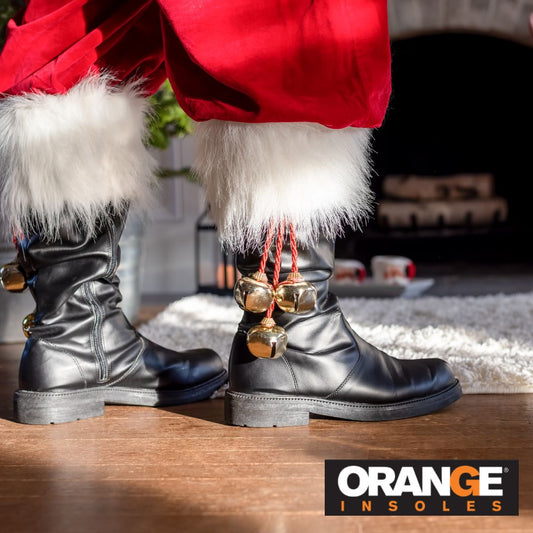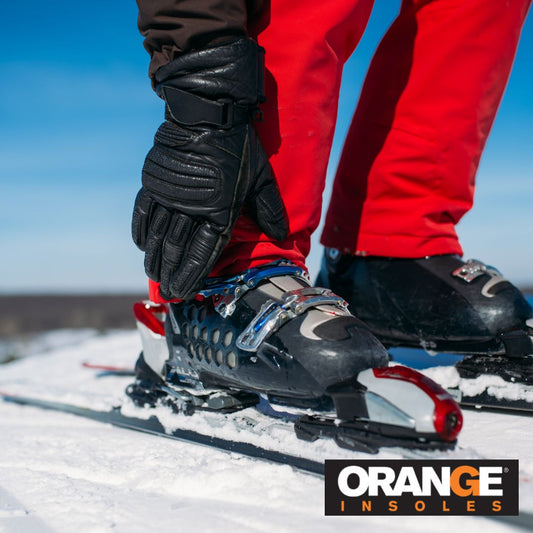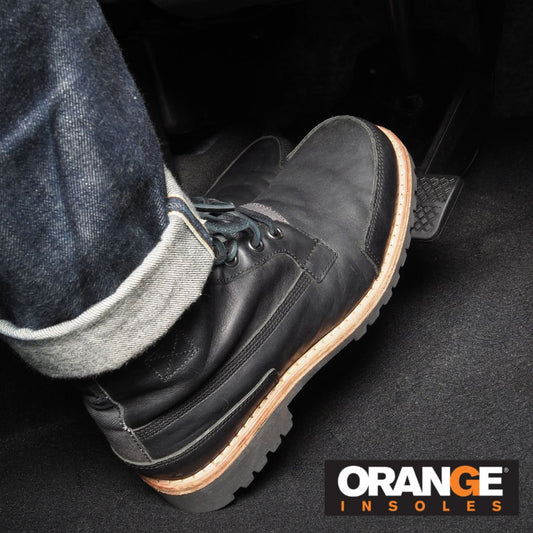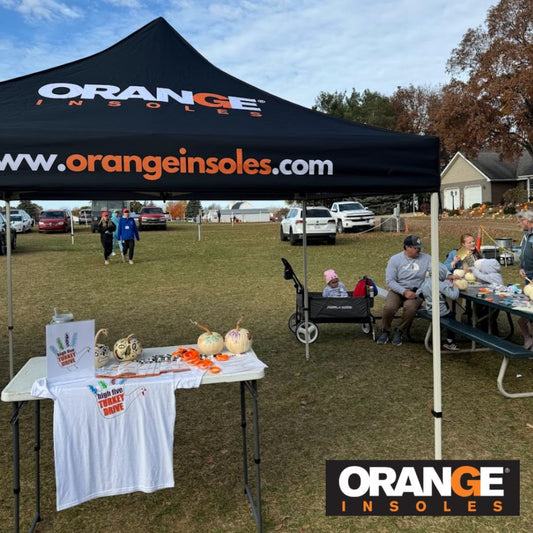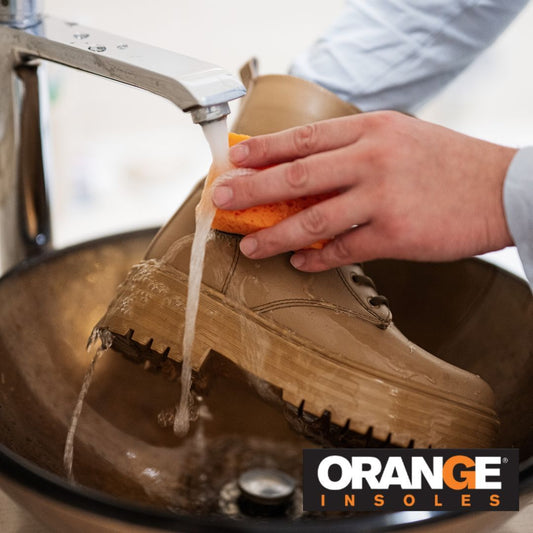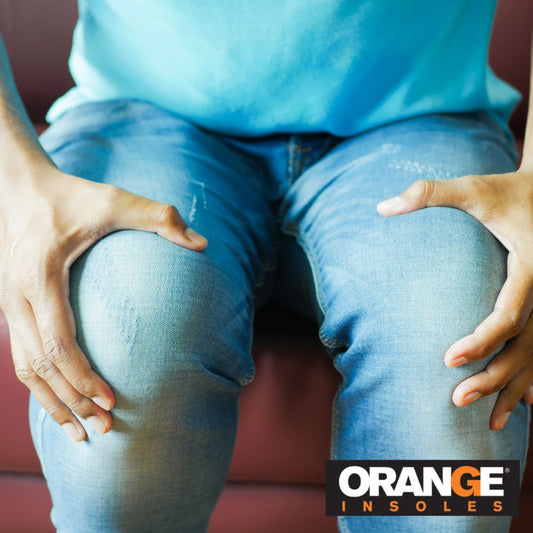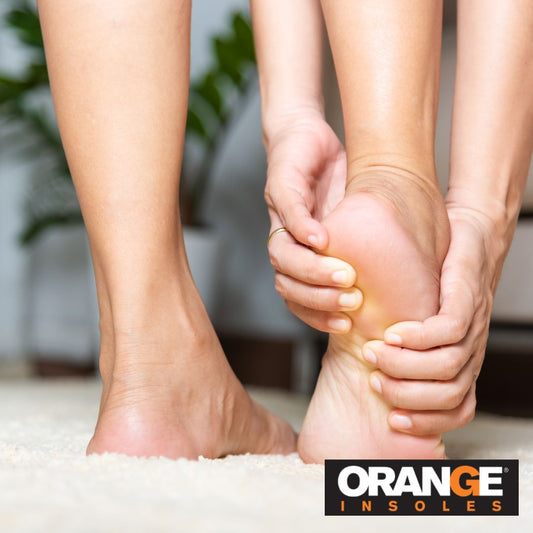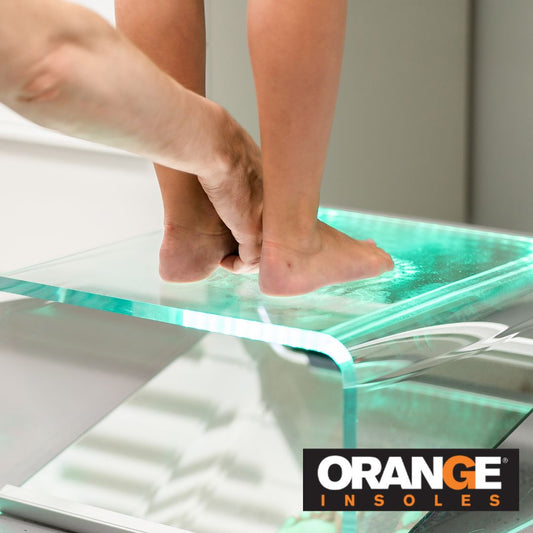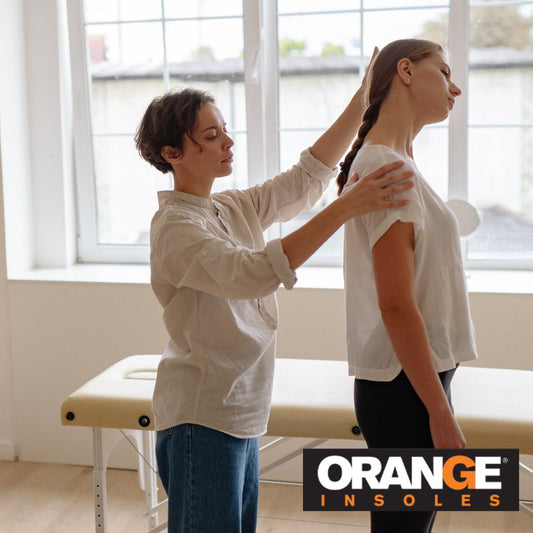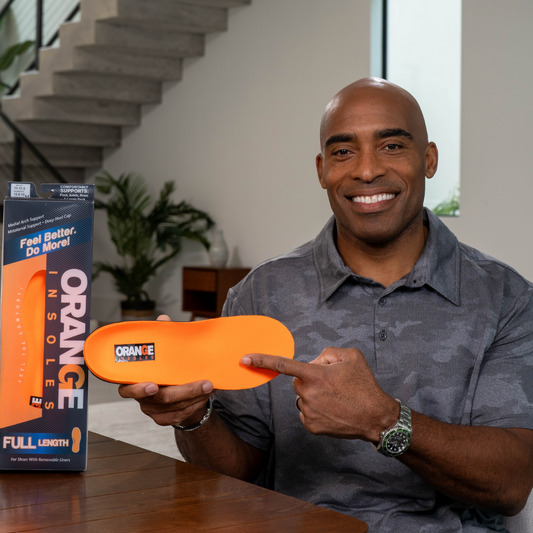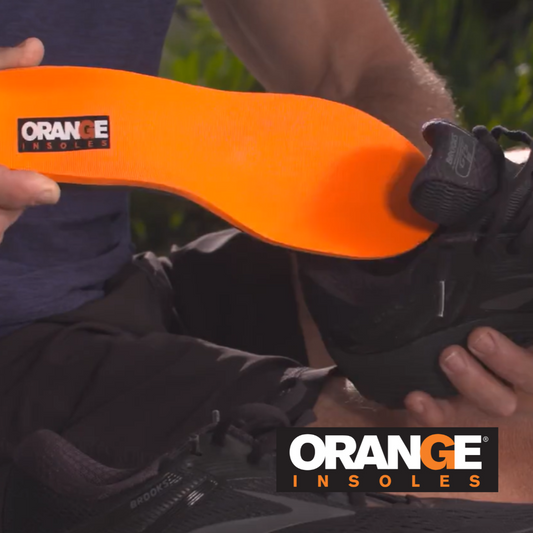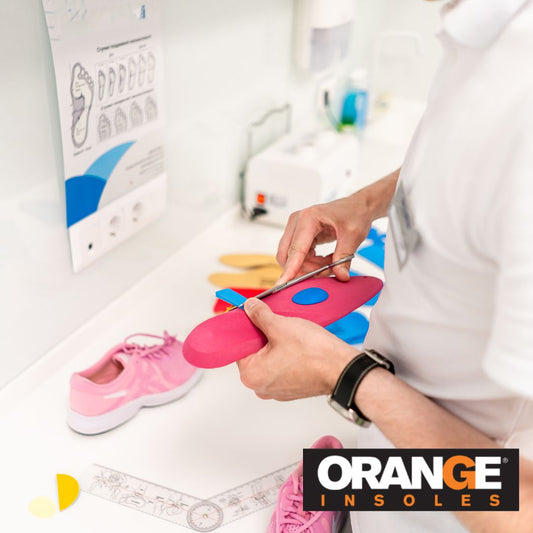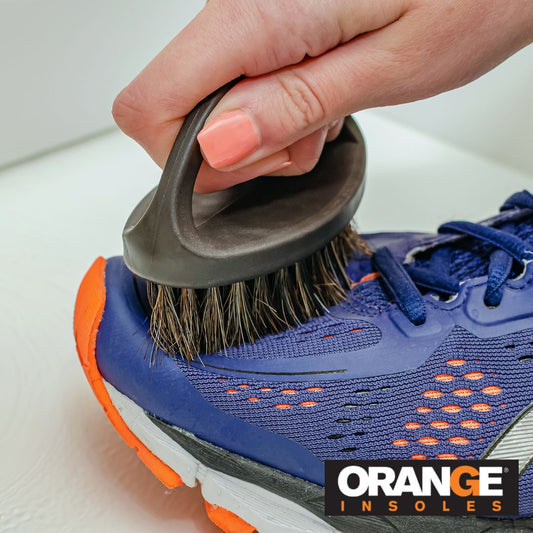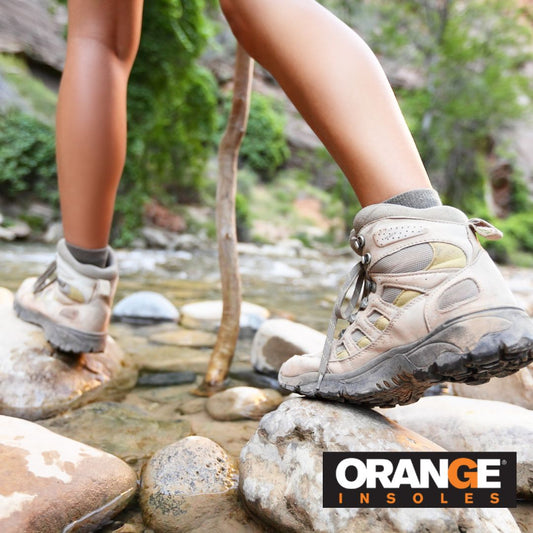If you are or have ever been a runner, you’ve probably experienced shin splints. That shooting pain down your shins can be attributed to a number of factors, and everyone seems to have an idea about how to fix them. But what is proper shin splints treatment?
Stretches?
Expensive shoes?
Traveling everywhere via Segway?
We hear a lot of conflicting reports about shin splints, so we wanted to set the record straight.
What Are Shin Splints, Anyway?
If you’ve experienced shin splints, you know that feeling. Searing pain shooting down your shins, usually (but not always,) along the inside.
It usually happens while running or walking, or engaging in other forms of physical activity that work the lower extremities. There’s a reason for this:
Shin Splints are usually caused by overuse.
The pain that’s associated with shin splints is a result of inflammation. Inflammation causes the muscles of the shin to swell and pull away from the shin bone, causing microtears in the tissues that bind them together.
Don’t worry, that sounds scarier than it is. Shin splints shouldn’t cause any permanent damage (unless you make it worse by continuing to push through the pain) but they sure do hurt, and they can keep you from doing the things you love.
The Most Common Causes of Shin Splints
Since shin splints are a direct result of inflammation, it pays to ask, "what causes that inflammation?"
Overuse
The major culprit is just plain overuse. If you put too much strain on a muscle that isn’t quite strong enough to handle it, it’s going to cause some swelling and inflammation.
For example, if you’re a cross country runner and you take the winter off, and then jump straight into a high intensity or long distance run in the spring without building your endurance back up, you may experience the pain of shin splints.
Of course, this isn’t just limited to running. If you have a desk job and switch careers to something that requires you to be mobile for most of the day, you could potentially overuse those muscles. Even walking around Disney World for 4-5 hours could put you in the path of discomfort if you aren’t used to that level of activity.
Lack Of Support
Another reason for shin splints pain can be lack of supportive footwear, (like a good running or walking shoe.)
The muscles that become inflamed causing the pain of shin splints can be traced to a band that moves from the front of the foot to the arch of the foot up the shin to the knee (the IT Band).
If you lack supportive footwear, your foot type may lead you to over-supination in your gait (when your foot rolls inward as you walk). This can put excess force on the IT Band and pull muscles away from the shinbone, putting too much pressure on the tissues surrounding the bone, leading to shin splints.
More Causes of Shin Splints
Overuse and lack of support are some of the most common causes of shin splints but you could also get them from:
How To Treat Shin Splints:
Take a Rest
First things first: reign it in.
As a rule, if you experience pain, it means that there’s something wrong. Don’t push through it - take some time off and let the inflammation go down before you continue with any sort of strenuous activity.
Stretching
Now, here’s the good news; if you’re experiencing shin splints due to overuse of the muscles, they should go away as your build up as your muscles build endurance.
Stretching can be a key part of this process: you don’t want your muscles so tight they pull in unhealthy ways.
Here are a few good ones to start with:
Toe Curl: Runner's World
- Stand with feet hip-width apart and right foot on a towel.
- With the toes of your right foot, gather the towel and slowly pull it toward you.
- Return to start.
- Repeat 10 to 15 times then switch feet.
Calf Stretch: Healthline
- Stand with your hands against a wall or on the back of a chair for support.
- Put one foot behind you. Keep your feet flat and pointed straight ahead.
- With your back heel down and back leg straight, bend the front knee until you feel a stretch in the calf of your back leg.
- Keep your back straight throughout the stretch.
- Hold the stretch for at least 30 seconds. Repeat the stretch 2 or 3 times, and aim for stretching 3 times a day.
Toe Drag Stretch: Verywellfit.com
- Stand up. You may want to use a hand on a wall or other support for balance.
- Bend both knees slightly.
- One foot remains squarely on the ground. The foot to be stretched is placed just behind this stable foot, with the toe of the stretching foot touching the ground.
- Keeping your toe firmly on the ground, pull the stretching leg forward so you feel a stretch from the top of your stretching foot through your shins.
- Once you feel a good stretch, hold it for 15 to 30 seconds.
- Repeat the stretch with the other foot.
If you are careful and slowly build up the strength of your shin muscles by properly stretching and not overexerting yourself, you shouldn’t experience any long-term effects.
BUT...and this is a big BUT...if you continually overuse your muscles and overexert your IT band, even when experiencing shin splints pain, you can end up causing stress fractures in your tibia that CAN be long lasting. So be careful, and don’t ignore the warning signs!
When you are treating shin splints, you can also:
- Keep your legs elevated
- Use ice to reduce swelling
- Take ibuprofen or naproxen sodium for pain
- Use a foam roller to massage your shins
How to Prevent Shin Splints
Practice Safe Habits
- Always warm up properly before you work out
- Stretch properly and consistently
- Don't attempt to work through pain
- Avoid running or working out on uneven terrain
Pick the Right Shoe
If your shin splints are being caused from lack of support, you need to revisit your footwear.
In our post on the Anatomy Of A Shoe, we talk about the factors that make up a supportive shoe. Look to the midsole and the base of the shoe, looking for factors like a wide base and high contours for arch support.
Strenuous activity without the proper support can put all sorts of muscles in jeopardy and leave you at higher risk for fatigue and injuries like shin splints.
In addition to picking the right shoe, you may want to consider a supportive shoe insole for additional support.
Orange Insoles offers a unique, supportive insole that offers a heel cup, metatarsal pad, and contoured medial arch support. These help correct foot issues like overpronation that can exacerbate shin splint pain.
Orange Insoles come in 3 styles to fit most any type of shoe, and are available in most sizes. Check out our inventory today and help give your feet the support they need!


